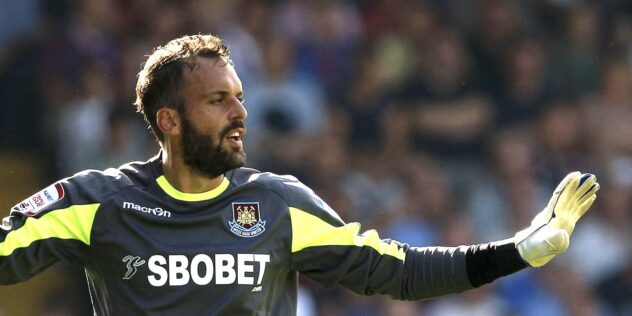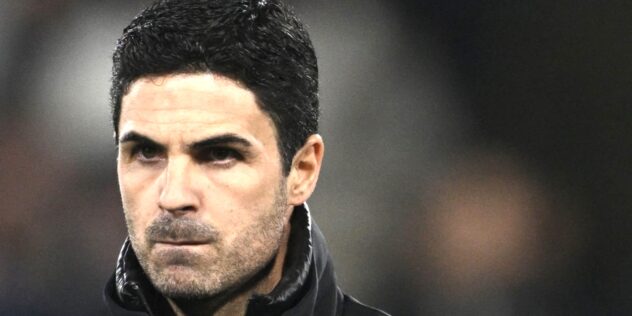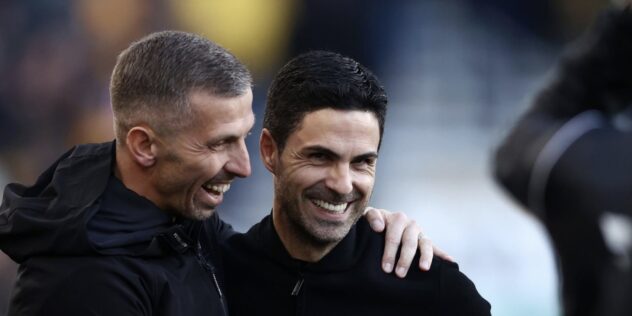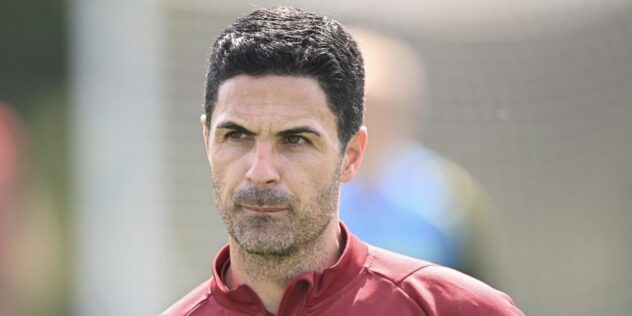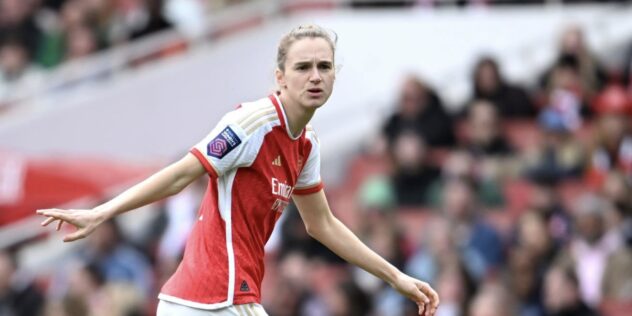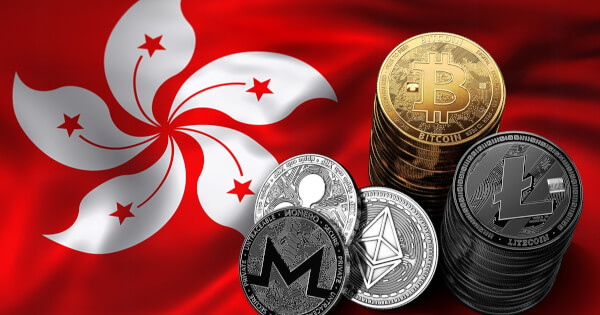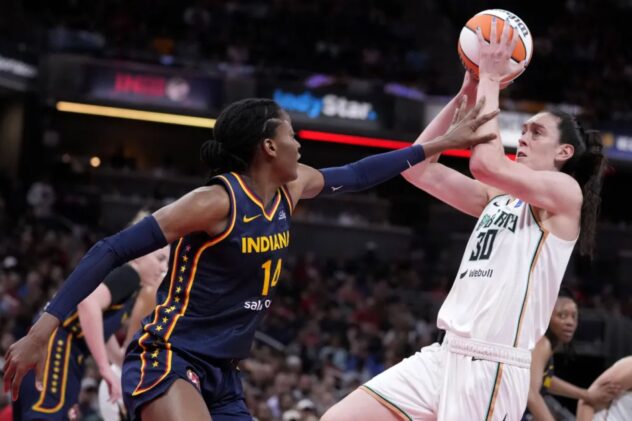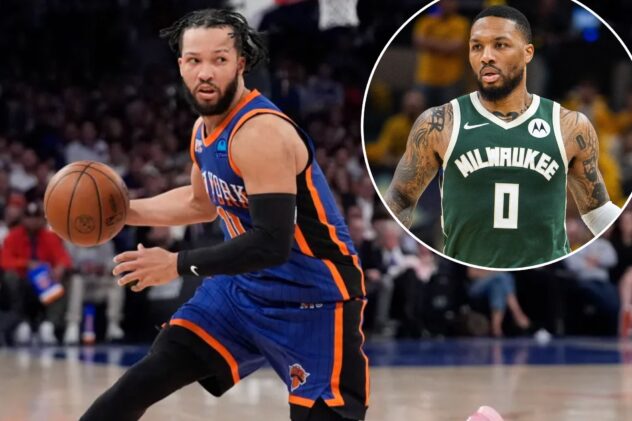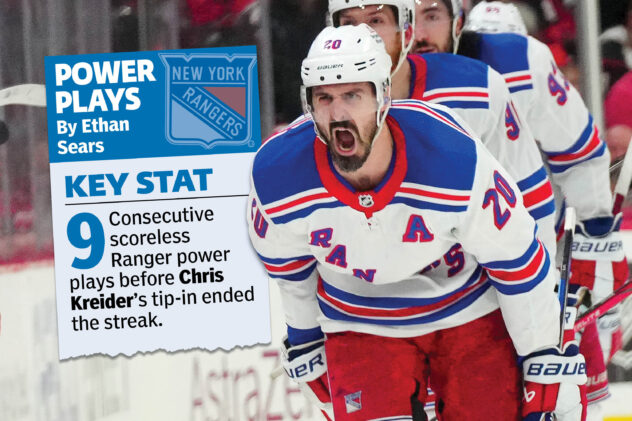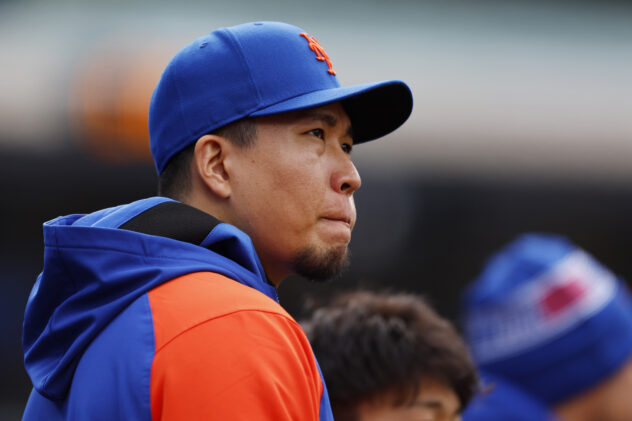Broken Eggs

Since the emergence of Chelsea and Manchester City and their infinite external investment, it has been clear that Arsenal have needed to find edges in the market to be able to compete. While Borussia Dortmund manager, Jurgen Klopp made the analogy of sporting a bow and arrow against Bayern Munich’s bazooka.
“We have a bow and arrow and if we aim well, we can hit the target,” he said. “The problem is that Bayern has a bazooka. The probability that they will hit the target is clearly higher.” Essentially, Klopp has walked into the same issue in the Premier League, only Chelsea and Manchester City have bazookas while Manchester United have a howitzer (thankfully, they have spent much of the last nine years aiming it at their own faces).
Liverpool’s success under Klopp is the story of a world class coach but with a world class recruitment strategy. Their talent ID has been second to none. Even some of the players they have bought for high prices have been acquired against very little competition. They didn’t have to compete very hard for the signatures of Salah and Mane, who were considered overpriced when Liverpool brought them in.
Nobody really pushed them when they paid sky high fees for Alisson or Virgil van Dijk, both were highly rated but considered extortionately priced. Now they look like bargains. Even Diogo Jota was seen as a good but not great Premier League player and, already, there must be several Premier League clubs kicking themselves for not putting the cash money down for the Portuguese themselves.
Liverpool are an example to Arsenal as they negotiate their own growth with the ultimate aim of challenging for the big prizes like Liverpool do. Very broadly, when competing against the wealth of nation states, I think there are three types of recruitment available to a club like Arsenal to maximise their potential.
The first type is to be assertive about those players that other clubs know about but maybe don’t want to go for the asking price for. I think a lot of the big Premier League clubs likely looked at Sadio Mane when he was at Southampton. Only Liverpool were willing to go to the £34m asking price which was considered a risky price to pay at that point. We now know that had Liverpool paid three times that fee, Mane would have proved good value.
Arsenal’s improvement so far this season has been, to my mind, mainly a triumph of recruitment. Partey and Gabriel were very good additions in the summer of 2020 (even if that was also the summer of Willian). The summer of 2021 might be the club’s best transfer window of modern times. Ramsdale, White, Tomiyasu and Odegaard have made immediately valuable contributions and raised the level of the team.
Tavares and Lokonga were low stakes gambles for the future and both look like reasonable enough punts to this point. I think Aaron Ramsdale and Ben White really fit the mould of Arsenal being confident in their talent ID and going to prices that other clubs would have baulked at. Both were involved in the England setup prior to signing for Arsenal, they were well known to the Premier League market.
Eyebrows were raised when the club put £50m down for Ben White and stretched to Sheffield United’s £30m asking price for Ramsdale. I would wager there are several clubs looking at the performance of both during this season and regretting not matching those asking prices. (Hopefully we are saying something similar about William Saliba in a year or two’s time).
The second attractive recruitment avenue is to find the talent that nobody else finds. This is exceedingly difficult, because everyone has eyes on every cage, beach and patch of grass on earth looking for the next big thing. In Gabriel Martinelli, Arsenal unearthed an absolute gem (albeit one that Barcelona and Manchester United were aware of but passed on).
Arsenal turned their gaze to younger talent last summer and the great thing about doing that- and doing it well- is that eventually it becomes self-perpetuating. If, for example, Arsenal entered the hunt for a highly rated players in the 21-24 age bracket this summer, you would like to think they would glance towards the likes of Smith Rowe, Saka, White, Odegaard, Martinelli and Ramsdale and think ‘yeah, I wouldn’t mind a bit of that.’
Once your club builds a reputation for, well, building reputations, sooner or later the act of convincing targets in that bracket is made easier. When Arsenal competed for the signature of Robert Pires with Real Madrid in the summer of 2000, Pires could already see the success of his international teammates Henry and Vieira and decided that Arsenal would be the prime destination for him.
This brings me on to the third type of player a club like Arsenal should look to recruit. Arsene Wenger was considered a premium spotter of talent, especially during his nascent years at the club. He was, of course, but really his greatest recruiting strength in my view was buying the “broken eggs.”
People recall Wenger as the man that discovered Henry and Vieira but that’s not true, not really. Everyone knew about these players. That’s why AC Milan bought Patrick Vieira when he was 19-years old. Thierry had already won a World Cup when he moved to Arsenal and his talent was renowned enough to earn a move to Juventus from Monaco.
The difference was that Wenger trusted that these players were not irreparable when their big moves failed, he still believed in the talent. He did something similar when he bought Kanu from Inter. The Nigerian had earned a move from Ajax to Inter but the Italian club believed he wouldn’t be the same player after uncovering a heart defect. Wenger took the risk and bought him.
Ditto Marc Overmars, who was revered as one of the most feared wingers in Europe but the market went cool on him following an ACL injury, which prospective buyers thought would rob him of his greatest asset, his pace. Wenger didn’t agree and bought him. Arsene was very strong at buying from the reduced shelf.
He took risks on players who were said to have attitude issues, some of them proved to be problematic under his tutelage of course. Wiltord, Anelka, van Persie, Adebayor and Nasri were all considered difficult characters and that proved to be true in some cases. I guess Wenger was a bit of a talent evangelist, he believed in the talent above everything. I doubt Arteta, at this stage, would chance his arm with difficult players and that makes sense for Arsenal in their cultural reset phase.
This brings me onto Martin Odegaard. The Norwegian playmaker looks, to me, like your absolutely classic Arsene Wenger signing. Odegaard’s fame was such that Real Madrid bought him at the age of 16. His time at Madrid was nomadic, marked by several loan spells (one of which was at Arsenal, of course).
Even after an impressive loan spell in the second half of last season, Arsenal did not have serious competition for his signature and bought the player for a fee of around €35m last summer. Again, I am sure there are several clubs around Europe looking at his current performances and wondering why on earth they didn’t test Madrid’s resolve.
Madrid themselves might be cursing themselves for undervaluing him in negotiation with Arsenal. This is the perfect “broken egg” signing, a player whose talent has been known by everyone for years but, because he didn’t quite make the grade at Madrid, his charms were assumed to have been diminished.
But not by Arsenal. Good recruitment for a club like Arsenal needs to be a good mixture of assertive talent ID, unearthing gems and ‘broken eggs.’ Since the, ahem, ‘departure’ of Raul Sanllehi, the club have gotten much sharper on the recruitment front. Let’s hope that continues this summer with some important pieces still to identify. One thing is for sure, the next time Arsenal put down a fee that makes me squint, I might just give the player in question a few months to percolate.
Follow me on Twitter @Stillberto– Or like my page on Facebook

